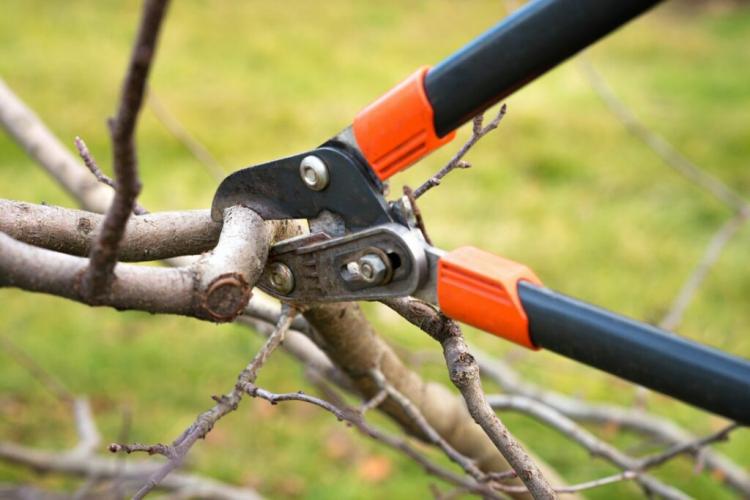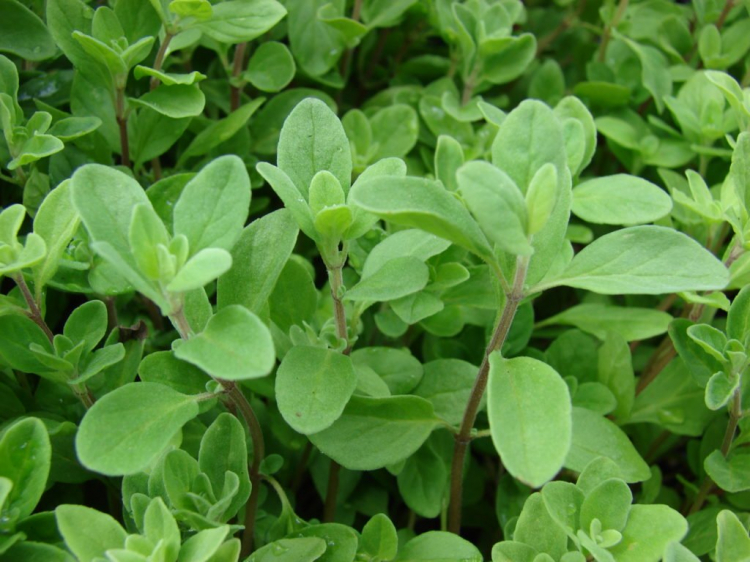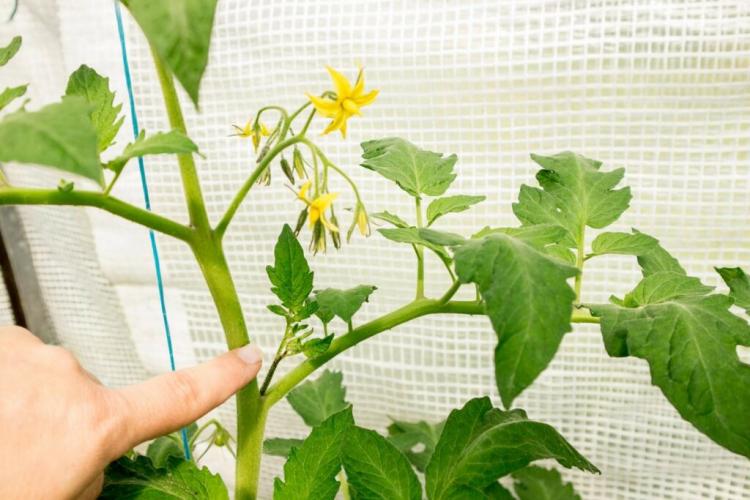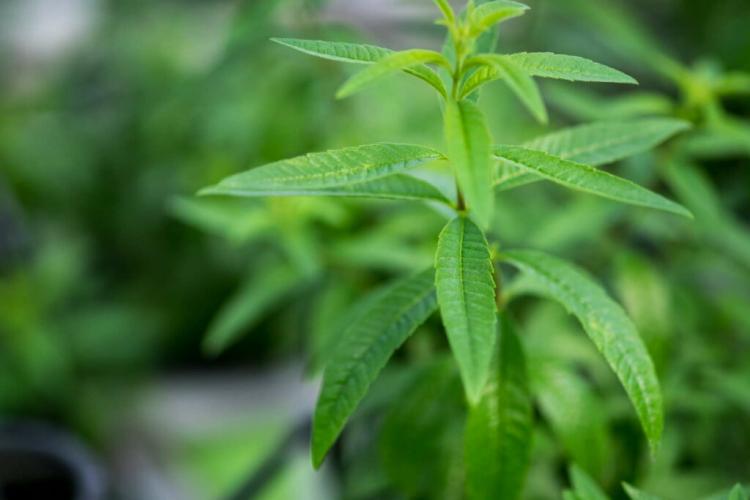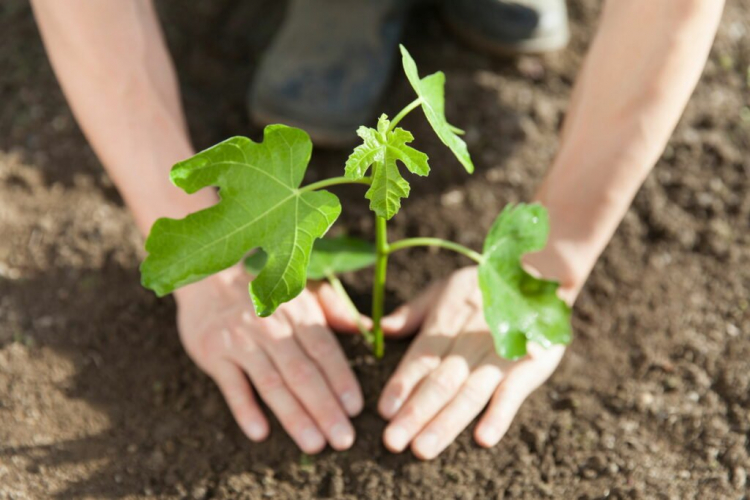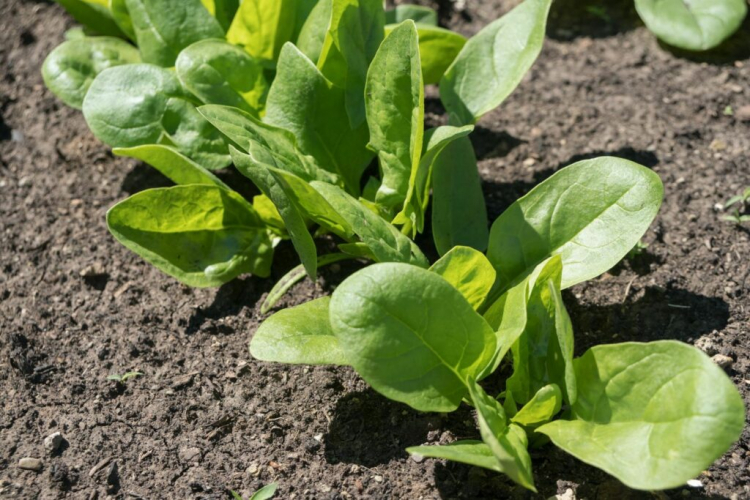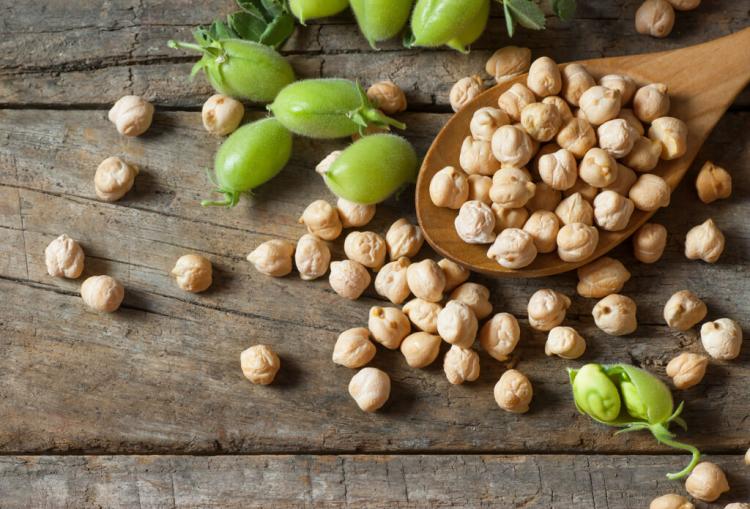Pruning Fruit Trees Properly: Instructions From The Expert
Those who love their fruit trees know that they need to be pruned regularly. The right cut is important for health and yield. We’ll show you how to do it.
How to properly prune a fruit tree depends on many different factors. So the demands of different types of the perfect cut are very different. But it is definitely worth striving to cut the fruit trees in your own garden in the right way. Because on the one hand, the harvest and the health of the tree can be increased, and a respectable growth form of the tree can be maintained.
Fruit trees: when to cut?
Table of Contents
The question of all questions is when is the right time to prune the fruit tree. Here, too, no general statement can be made for all fruit trees. First of all, you should know what kind of fruit tree it is:
- Stone fruit, such as cherry trees (sweet cherry: Prunus avium, sour cherry: Prunus cerasus ), peach trees ( Prunus persica ), plum trees ( Prunus domestica ), Mirabelle trees (Prunus domestica subsp. Syriaca )
- Pome fruit, such as apple trees ( Malus ), pear trees ( Pyrus ), quince trees ( Cydonia oblonga )
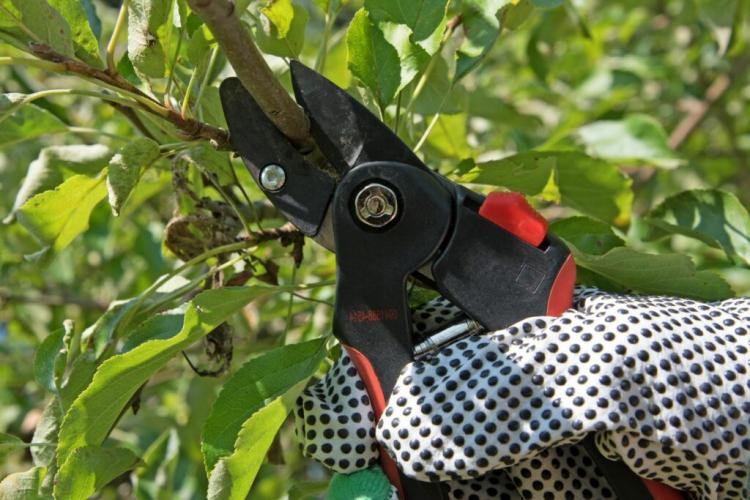
Controlled pruning of the fruit tree in summer can curb the strong growth
In general, fruit trees are either subjected to winter pruning (January to early April) and/or summer pruning (July to August). The two types of cuts, categorized according to seasons, are characterized by the following:
- Winter pruning :
Since the tree has no leaves, you have a good view of all branches. Winter pruning has a growth-stimulating effect on the tree and is therefore particularly suitable for poorly growing fruit trees. In addition, the cut can be made in the poor winter. The disadvantage is that the cut wound only overgrows with a protective layer relatively delayed. - Summer cut :
With summer pruning, in contrast to winter pruning, the cuts quickly close again. In addition, the growth of strongly growing fruit trees can be slowed down, as essential leaf mass (which is relevant for the photosynthesis processes) is taken from them for their growth. Therefore, summer pruning is particularly useful when a strong winter pruning is followed by a strong new shoot. This can then be thinned out by one to two-thirds in summer. Due to the full foliage, it can be difficult, even with a trained eye, to skillfully assess which branches should give way and which should not.
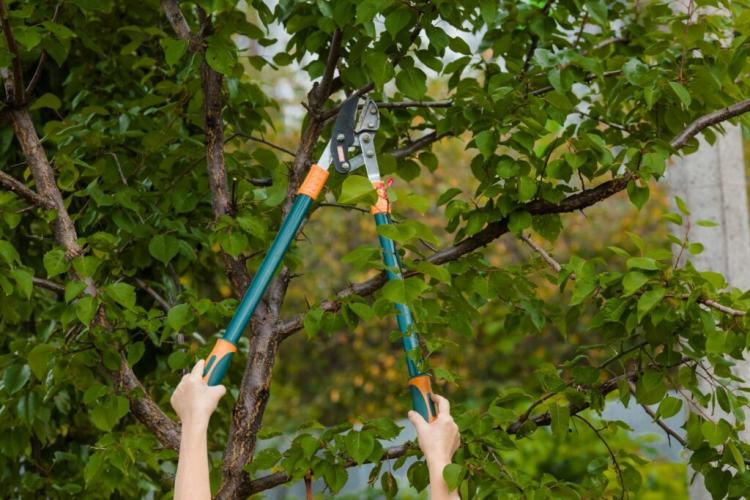
It often makes more sense to use a ladder directly
The general rule for stone fruit crops is that they can cope better with summer pruning after or during the harvest. With pome fruits such as apples and pears, it makes sense to find a healthy balance between the summer and winter pruning to achieve perfect growth.
Pruning fruit trees: when allowed?
When pruning in the garden, consideration must be given to nature and the laws. The Federal Nature Conservation Act provides, for example, to protect the breeding seasons of birds, that no radical pruning may be made from March 1st to September 30th. Form and maintenance measures – i.e. the classic hedge pruning or even the fruit tree pruning – are permitted, however. However, special municipal regulations that can arise, for example, due to the presence of a protected animal species, must be observed.
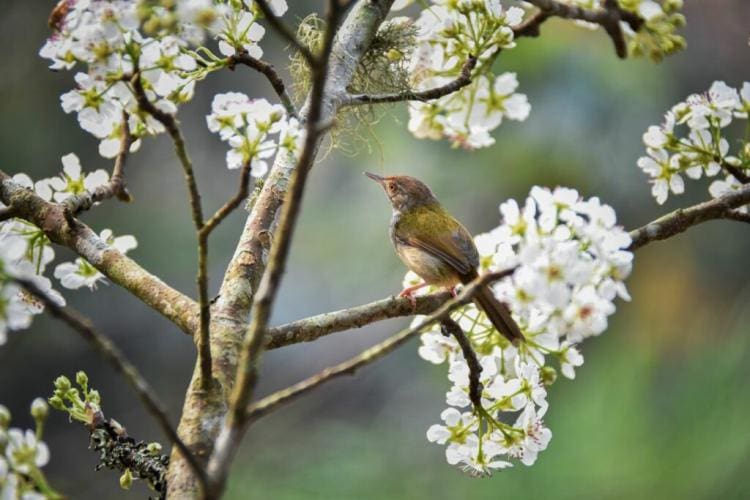
To protect native birds, pruning fruit trees is not always allowed
Conclusion: The shaping and caring pruning of the fruit tree can be carried out at any time, even in summer. However, specific special regulations may have to be observed depending on the municipality.
Pruning fruit trees in frost
When pruning in winter, it can be unavoidable to prune the fruit tree in frosty weather. However, this is not a problem as long as the temperatures do not permanently drop below -5 ° C.
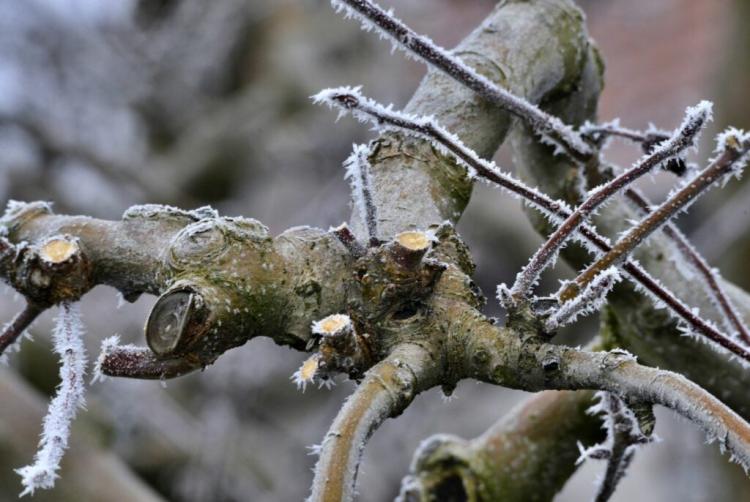
The possible frost is not a problem with winter pruning
To close wounds, it is important to cut the trees on a dry day so that too much moisture and possibly fungal spores or other pathogens are not carried into the freshly cut wound.
Pruning young fruit trees
Even with young trees, you can decide with the pruning whether the later growth form of the tree succeeds or later ends in a nightmare. It is therefore important to consider the optimal fruit tree pruning while the fruit trees are being planted.
Plant pruning
The first cut of the tree is made with the planting. In addition to the growth-giving shape, this cut is also extremely important for successful growth. Most of the time, fruit trees are planted as bales and the pruning steals the tree’s roots, which are responsible for the adequate supply of water and nutrients. The plant pruning ensures a balanced relationship between crowns and root mass. The main shoot is shortened. Side shoots are thinned out (vertical shoots especially) and those that are retained are also shortened (at a level but slightly lower than the main shoot).
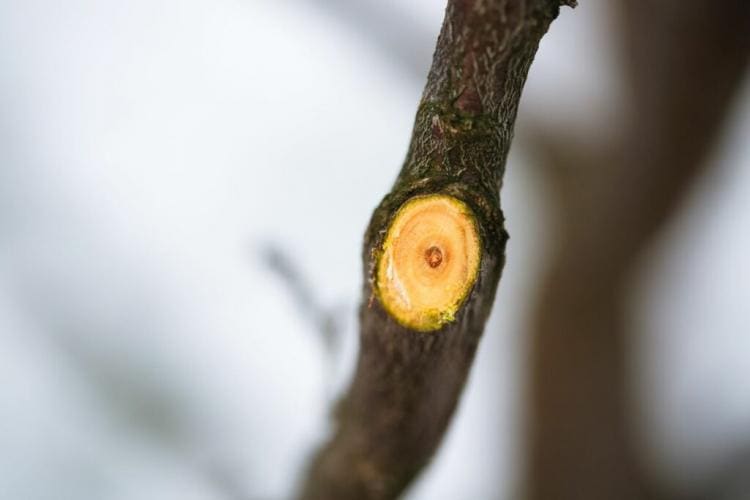
A clean-cut of the fruit tree is only possible with the right tools
Parenting pruning of young fruit trees
To direct the growth of young fruit trees in the right direction, regular training prunings are required after successful planting. Here, important decisions must first be made and suitable branches defined as so-called guide branches. Branches that are neither too horizontal nor too vertical are suitable for this. Healthy and strong branches should of course be preferred as leading shoots. These are shortened at the top in the annual parental cuts. In addition, the following pruning measures must be taken into account for the important pruning of young fruit trees:
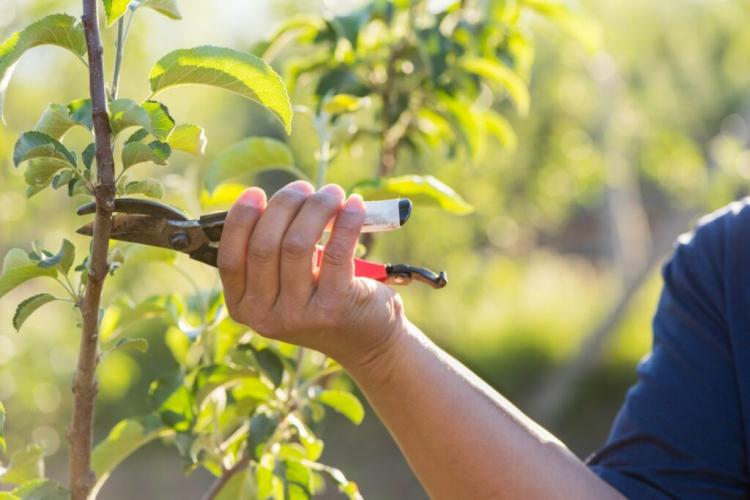
Parenting is very important, especially with young fruit trees
- Completely cut outside shoots growing vertically from the main branch
- Clearly thin out the shoots growing inwards into the tree
- Do not shorten any side shoots remaining on the main branch
Pruning old fruit trees
At some point the pruning of young trees is complete and they have reached their main growth habit. From now on it is important to subject the tree to a clearing cut regularly. The golden rule here is: Do not remove or shorten all of the annual wood. This would cause the tree to grow out of control and result in too much new growth. Therefore, when pruning, it is particularly important to remove those branches and side shoots that prevent other shoots from developing too much.
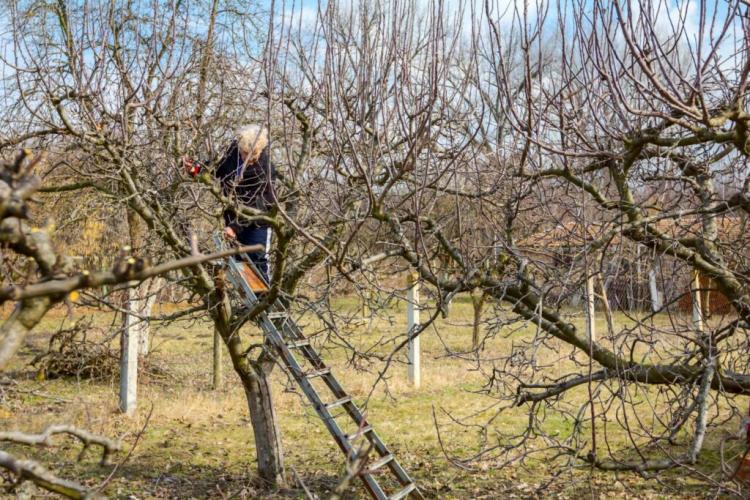
Even old fruit trees have to be cut regularly
Pruning fruit trees: the right tool
A large number of different tools are available for pruning fruit trees. It is above all personal preference and handling that should decide on the selection. However, pruning shears, saws, and the like must be always sharp to achieve the smoothest possible cut surface or wound on the tree. This makes it easier for the fruit tree to overgrow the cut surface. Here is an overview of suitable tools for pruning fruit trees:
- Secateurs :
Suitable for thin, easily accessible branches; easy handling; however, it quickly leads to bruises in the case of thicker branches - Loppers :
Also good handling for easily accessible, slightly thicker branches - Pruning saw :
Good for thick branches that have to give way when cutting out the clearing - Telescopic saw :
Well suited for passionate fruit cutters who do not like to climb ladders; ideal for tall branches that are otherwise inaccessible
These products are ideal for cutting your shrubs, hedges, and trees:
- Felco Secateurs: Manual pruning shears, pruning shears, and garden shears are recommended for all types of cutting. In addition to plastic-coated handles, it has a precision adjustment system for the blade and anvil blade.
- Felco fruit tree and secateurs: Robust fruit tree and secateurs with wire cutter, juice groove, and micrometer adjustment.
- Gardena telescopic arm scissors: Practical secateurs for effortless cutting of tall trees and dense shrubs from the ground.
Pruning fruit trees correctly: step by step instructions
- ID:
What kind of fruit tree is it? Is it a stone fruit (cherry, plum) or a stone fruit (apple, pear)? - Find the finishing agency:
Especially important with young trees. Most of the fruit trees in our gardens are grafted – this means that a noble variety with particularly delicious fruits has been combined with a base with certain growth characteristics. If you cut below the refinement point, only the unwanted base grows out again and the delicious fruits stay out. The refinement point can usually be recognized by a thick nub below the branches on the trunk of the fruit tree. - Opt for winter or summer cut
- Pay attention to the needs of old and young fruit trees
- Select a suitable cutting tool
- Make the right choice and cut branches
- Observe the new growth of the fruit tree and learn for the next cut
You might so like: Pruning plum trees: when and how is it pruned?
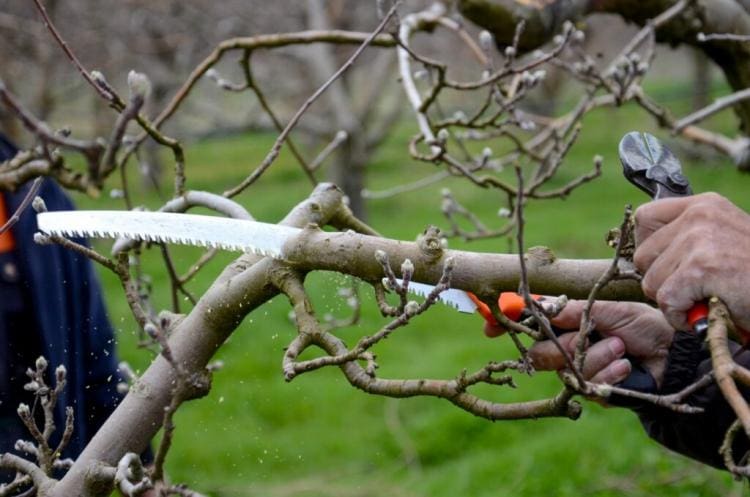
A cut in spring inhibits the growth of the fruit tree
Properly prune apple trees and other fruit trees
In the beginning, we already noticed that not all fruit trees are the same. Depending on the type, there are specific requirements for the optimal cut. Therefore, take a look at our articles on the detailed pruning measures for the individual fruit tree species:
- Pruning apple tree
- Cutting pear tree
- Cut cherry tree
- Pruning peach tree
- Cut the plum tree
You might so like:
